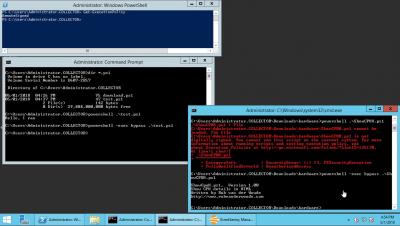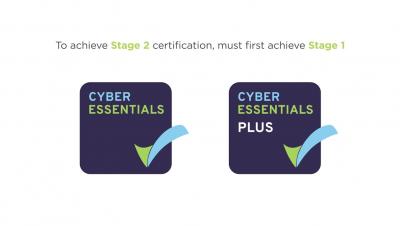Top Facts About Security Operation Centers In Cybersecurity You Need To Know
A Security Operation Center (SOC) can be either a team who works 24/7 in shifts or a facility dedicated and well-organized to detect, prevent, assess, and respond to cyber-threats and incidents and helps to achieve compliance requirements.








